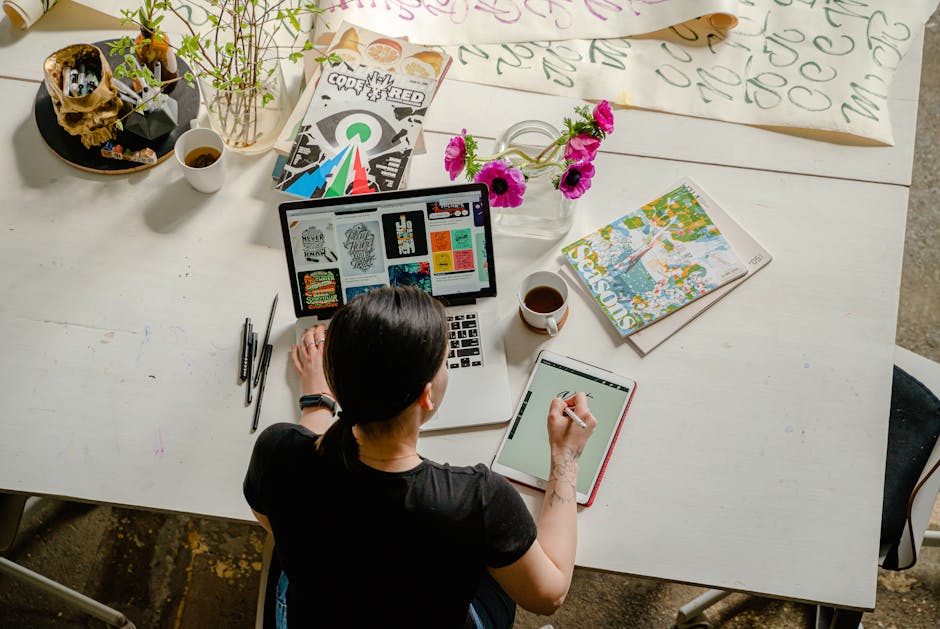
Introduction:
Photography is a beautiful art form that allows us to capture moments, emotions, and stories in a single frame. As you progress in your photography journey, mastering advanced photography techniques can take your work to the next level. Whether you are a hobbyist looking to improve your skills or a professional seeking to enhance your portfolio, understanding and implementing advanced techniques can help you create stunning images that stand out. In this article, we will explore some key advanced photography techniques that can elevate your photography game and help you capture breathtaking shots.
Main Content:
1. Understanding Exposure Triangle: One of the fundamental aspects of advanced photography is mastering the exposure triangle, which consists of aperture, shutter speed, and ISO. By understanding how these three elements work together, you can achieve the perfect exposure for your images. Adjusting the aperture can control the depth of field, while changing the shutter speed can freeze motion or create motion blur. Experimenting with different ISO settings can help you capture clear images in low light conditions.
2. Creative Composition Techniques: Composition plays a crucial role in creating visually appealing photographs. Advanced composition techniques such as leading lines, rule of thirds, framing, and symmetry can help you create dynamic and well-balanced images. Experiment with different compositions to add interest and depth to your photos. Remember that rules are meant to be broken, so don’t be afraid to think outside the box and try new composition techniques.
3. Mastering Light and Shadow: Light is the essence of photography, and understanding how to work with natural and artificial light can greatly impact the mood and quality of your images. Experiment with different lighting conditions, such as golden hour, blue hour, and artificial lighting, to create stunning effects in your photos. Pay attention to shadows and highlights to add depth and dimension to your images. Use tools like reflectors and diffusers to manipulate light and achieve the desired look.
4. Long Exposure Photography: Long exposure photography is a popular technique used to capture motion and create surreal effects in images. By using a slow shutter speed, you can blur moving subjects like waterfalls, traffic, or clouds, adding a sense of movement and drama to your photos. Experiment with different exposure times and subjects to create unique long exposure images that stand out.
5. Post-Processing Techniques: Post-processing is an essential part of advanced photography, allowing you to enhance and refine your images in software like Adobe Lightroom or Photoshop. Experiment with techniques like color grading, dodging and burning, sharpening, and noise reduction to bring out the best in your photos. Remember that post-processing should enhance your images, not alter them beyond recognition, so strive for a balance between creativity and authenticity.
Conclusion:
Mastering advanced photography techniques takes time, practice, and dedication, but the results are well worth the effort. By understanding and implementing techniques like exposure triangle, creative composition, light and shadow manipulation, long exposure photography, and post-processing, you can elevate your photography skills and create stunning images that leave a lasting impression. Remember to experiment, be creative, and never stop learning and growing as a photographer. Keep pushing your boundaries and exploring new techniques to unlock your full creative potential in the world of photography.





